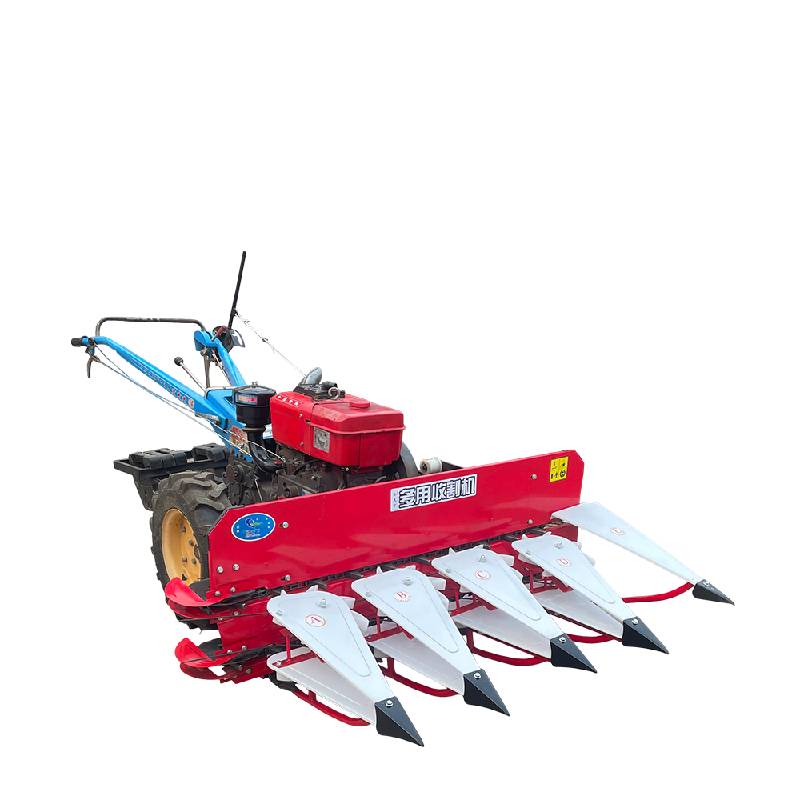Exploring the Cost and Features of Wheat Reaper Machines for Efficient Harvesting Solutions
The Evolution and Pricing of Wheat Reaper Machines
Wheat reaper machines have revolutionized the agricultural sector by significantly enhancing the efficiency and productivity of wheat harvesting. The development of these machines has played a crucial role in meeting the rising global demand for wheat, a staple food for billions of people. As farmers increasingly turn to mechanization, understanding the pricing of wheat reaper machines becomes essential for making informed purchasing decisions.
The wheat reaper, or combine harvester, has evolved vastly over the years. Initially, harvesting was done manually, which was labor-intensive and time-consuming. With the advent of mechanical reapers in the early 19th century, the process became much more efficient. Modern wheat reaper machines now integrate advanced technology, including GPS navigation and automation, which aids farmers in achieving higher yields while reducing labor costs.
The Evolution and Pricing of Wheat Reaper Machines
Another important factor that affects price is the machine’s capacity. Wheat reapers vary in size and functionality, with larger models being capable of harvesting more grain in a shorter period. Farmers need to consider the scale of their operations when selecting a reaper; a small farm may not require a high-capacity model, while larger agricultural enterprises will benefit from investing in more powerful machinery.
wheat reaper machine price

The condition of the machine also plays a crucial role in pricing. New machines come with a higher price tag, typically reflecting the latest technological advancements and warranty services. However, used or refurbished machines present a more budget-friendly option for farmers. Prices for used wheat reaper machines can vary widely, typically ranging from $10,000 to $300,000 depending on their age, condition, and capabilities.
Regional factors can also influence the price of wheat reaper machines. In areas where wheat farming is predominant, competition among manufacturers may drive prices down. Conversely, in regions with fewer suppliers, prices may remain elevated due to limited availability. Additionally, transportation costs and import tariffs can significantly affect pricing for farmers in remote areas or countries that rely on imported machinery.
It is also vital to consider the total cost of ownership when evaluating the price of wheat reaper machines. While the initial purchase price is crucial, other factors such as maintenance, fuel consumption, and spare parts availability can impact overall profitability. Effective maintenance is essential to ensure the longevity of the machine and prevent costly breakdowns during peak harvesting times.
Lastly, financing options can help ease the burden of purchasing a wheat reaper machine. Many manufacturers, banks, and agricultural cooperatives offer financing plans, allowing farmers to spread the cost over several years. Programs designed to support farmers, such as government subsidies or low-interest loans, can also make acquiring these essential machines more feasible.
In conclusion, the pricing of wheat reaper machines is influenced by a multitude of factors, including brand, model, capacity, condition, and regional market dynamics. As farmers assess their needs and budget, understanding these variables can help them make better purchasing decisions. As technology continues to advance, investing in the right wheat reaper machine will be paramount for maintaining competitiveness in the increasingly mechanized agricultural landscape.
Latest news
-
When to Upgrade Your Old Forage HarvesterNewsJun.05,2025
-
One Forage Harvester for All Your NeedsNewsJun.05,2025
-
Mastering the Grass Reaper MachineNewsJun.05,2025
-
How Small Farms Make Full Use of Wheat ReaperNewsJun.05,2025
-
Harvesting Wheat the Easy Way: Use a Mini Tractor ReaperNewsJun.05,2025
-
Growing Demand for the Mini Tractor Reaper in AsiaNewsJun.05,2025
